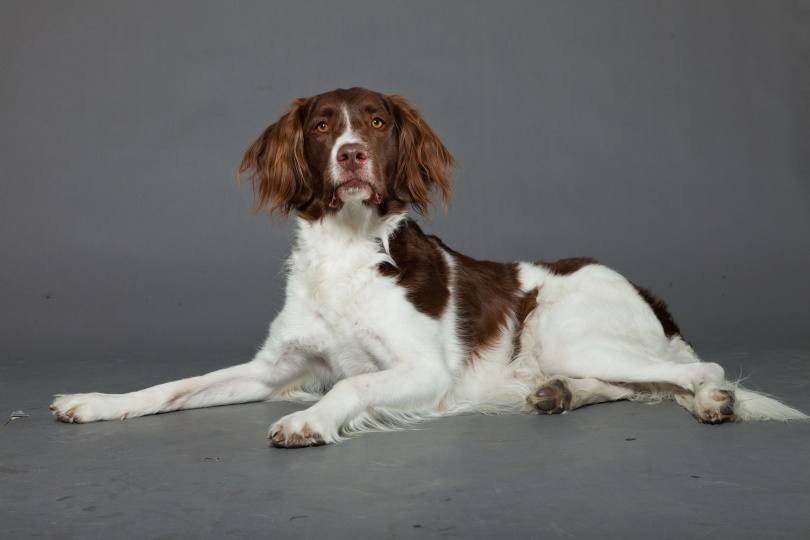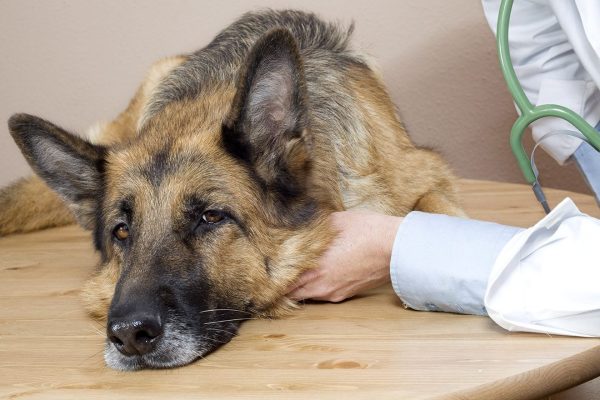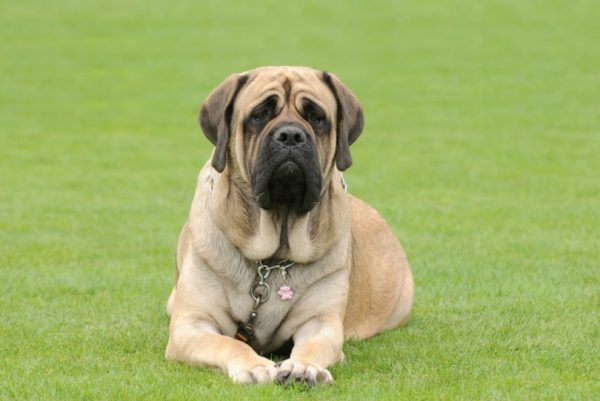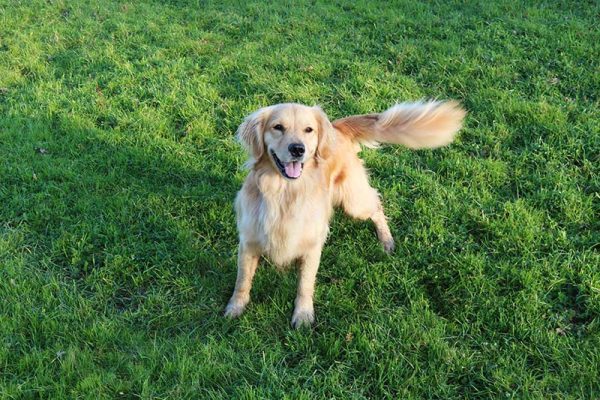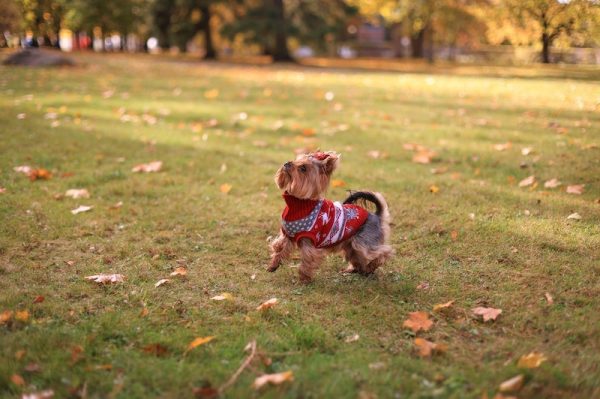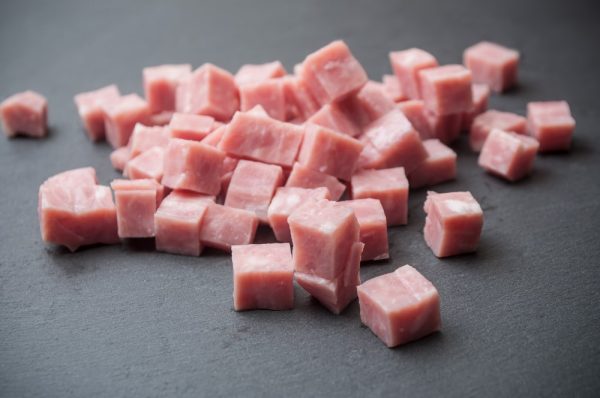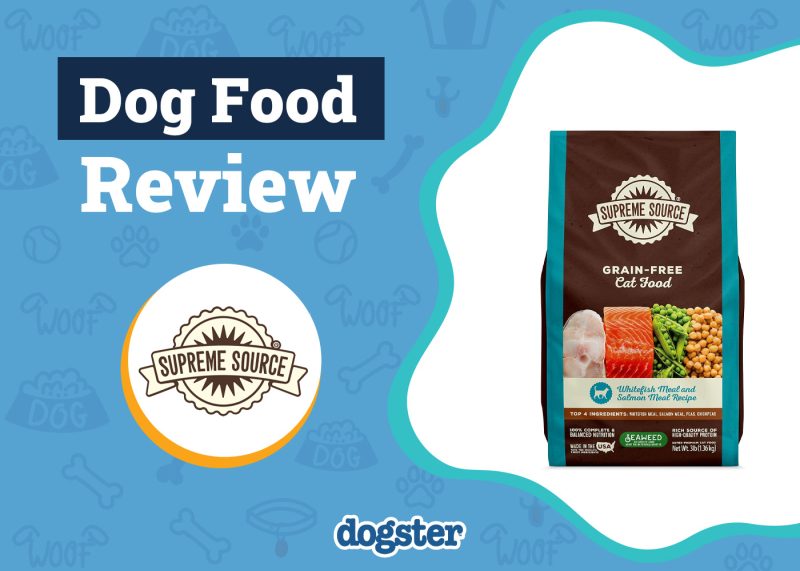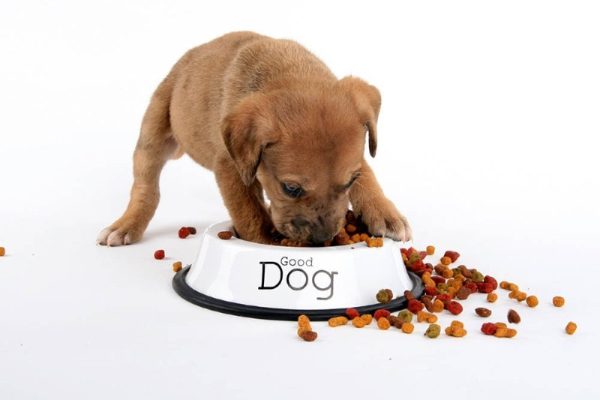In this article
View 8 More +The Drentse Patrijshond is a purebred dog from the Netherlands. It is a Spaniel-type breed, so it is lively, friendly, and enjoys the water as much as it enjoys plenty of time in the field. Expect to have to provide a good amount of exercise every day with this breed, and you will be rewarded for your efforts. The Drentse Patrijshond, sometimes called the Dutch Partridge Dog, is loving and sweet with its owners and will usually get along with all strangers and other animals.
Breed Overview
Height:
22 – 26 inches
Weight:
40 – 60 pounds
Lifespan:
12 – 14 years
Colors:
White, brown, black, chocolate
Suitable for:
Active families and first-time owners looking for a lively companion
Temperament:
Loyal, sweet, fearless, brave, intelligent, lively
This breed is considered suitable for first-time owners because they are intelligent and they want to please their humans, which makes them trainable and usually means they are easy to live with. Providing mental and physical stimulation will further ensure that they are compliant and happy pups.
Drentse Patrijshond Characteristics

Drentse Patrijshond Puppies
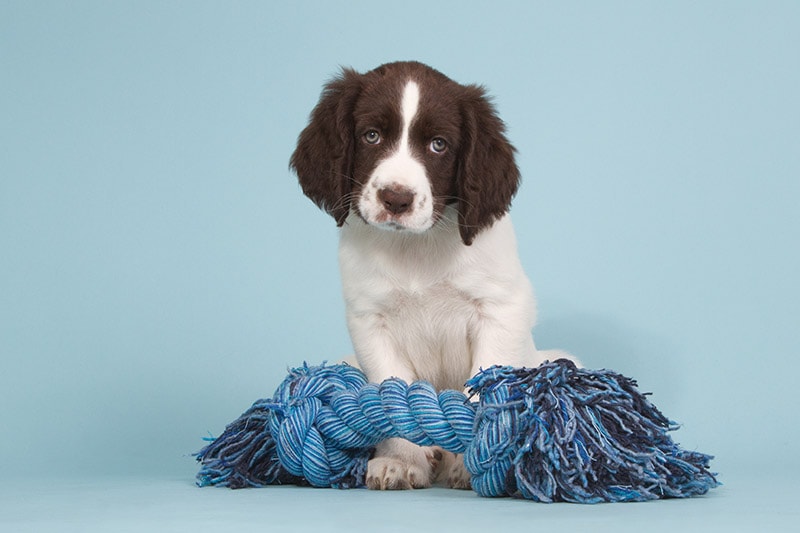
The Drentse Patrijshond is not that popular outside its homeland. While this can make it difficult to find a good breeder, the lack of demand means that the price remains relatively low compared to other purebred dogs.
Speak to any breeder before you consider buying. Ask to meet the parent dogs and ensure that they have been screened for issues like joint dysplasia. Dogs that are found to have these conditions should not be bred, helping to prevent its spread. You should also meet at least one of the parent dogs, usually the mother. Ensure that the parent is alert and does not shy away from you when you visit. This may not guarantee that her puppies will be equally as sociable, but the puppies do pick up their early training and social skills from their mother.

Temperament & Intelligence of the Drentse Patrijshond
The breed was originally used as a hunting dog but was also renowned for its companionship once the hunt was over. Although it is considered a very good companion dog, no dog is ideal for all potential owners, and you should consider your family and your living conditions before deciding whether this European breed is right for you.
Are These Dogs Good for Families? 🏡
The Dutch Partridge Dog will bond closely with its owners, and it will get along with children. In fact, its love of play and its general need for exercise means that the breed does especially well in families that have children who are willing to throw a ball or toss a frisbee.
The exercise requirements for this breed mean that it may not be suitable for seniors, and because it needs to be given mental and physical stimulation to remain alert, it can become bored and destructive if it is left alone at home for extended periods.
Although the dog does require a lot of exercise, it is a medium-sized pooch and, as long as you provide enough exercise every day, it can live in an apartment.
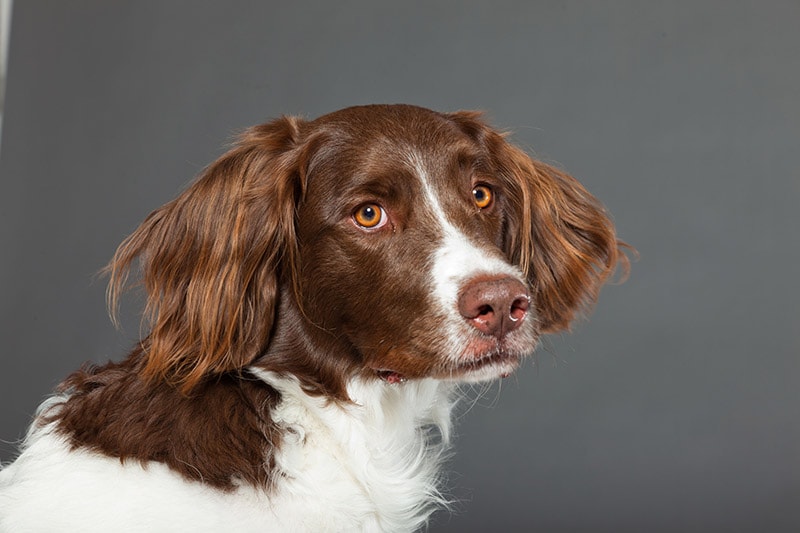
Does This Breed Get Along With Other Pets?🐶 😽
The Drentse is a hunting dog and even if you keep one as a companion pet, it may retain some of the prey drive it relied on to find, highlight, and retrieve small game and rodents. Introduced at a very young age, this breed can get along well with cats, but it may give chase to cats outside your household. It should not be left with smaller animals, but it will usually get along well and live happily with other dogs within its own home.

Things to Know When Owning a Drentse Patrijshond:
Friendly, loyal, and alert, the Drentse Patrijshond is known for being a good companion, and it will often excel at events like agility classes and other canine sports. However, it does require a lot of exercise and it can get bored if it is not given enough stimulation. As such, while it is a good breed of dog for most potential owners, like any breed, it is not suitable for everybody. Below are the factors you need to consider before adopting or buying a Dutch Partridge Dog.
Food & Diet Requirements 🦴
As an active dog, the Drent requires a diet with a reasonable amount of protein. If your Drent hunts or takes part in canine sports regularly, it will require even higher levels of protein. Active dogs require around 25% protein, while working dogs and hunting dogs will do better with a diet consisting of at least 30% to 35% protein.
Like any breed, this hunting breed will become overweight if fed too much and not given enough exercise. Weigh your dog and feed accordingly. Feed according to the weight you want to achieve so feed the right amount of food for your dog’s current weight if you want to maintain their existing size. Increase or decrease this if you want your dog to put on or lose weight.
If you use treats for training or feed treats, remember to take the calories in these into account when calculating exactly how much you should give to your Drentse.
Always provide fresh water and ensure that it is filled up and easily accessible for your dog.
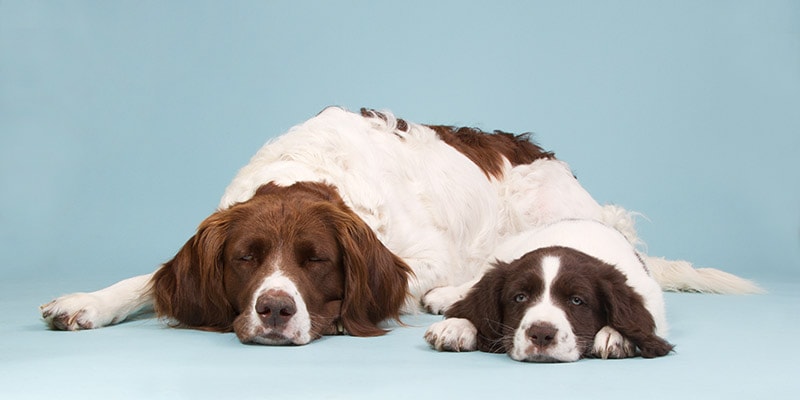
Exercise 🐕
This breed is not suited to a sedentary lifestyle and needs to be active. You will need to provide a minimum of an hour to 90 minutes of exercise a day. While the dog will enjoy hiking and walking, it will also benefit from some form of canine sport or agility sport that exercises its brain as well as its body.
Training 🦮
The hunting breed is considered intelligent, which means that it has the capacity to pick up new commands and to learn what is expected of it. It is also quite eager to please its owners, which means that it will learn these new commands and perform them in order to please you.
However, the breed can be a little stubborn and gets bored easily. This means that it will benefit from shorter training periods and you will likely enjoy the best results if you can turn training into a short game. Treats also work well, but if you do use treats to help with your training regimen, do not feed high-fat or high-calorie treats and take these into account when calculating a daily feeding amount.
Although this breed is considered friendly and will rarely show signs of aggression, it can benefit from early socialization. Socialization is more than simply introducing the dog to people. It means ensuring that the dog can safely and acceptably deal with new situations. It can reduce stress and anxiety, for your dog and you, and it means that your dog will lead a more fulfilled life.
Grooming ✂️
The half-long coat of the Drent is a single-layer coat and this breed is known to shed twice a year. Brush with a comb and then a pin brush to remove dead hair and to ensure that your dog is comfortable.
The Drent is not considered hypoallergenic and can produce a lot of dander, especially during its shedding times. The Drent is not a high-maintenance dog, but other than weekly brushing, it does require some care.
You will need to brush its teeth at least three times a week, ideally starting from a puppy to make the process easier for you both. You will also have to trim its nails. This process will usually need completing every 2 months. If you walk your dog on abrasive surfaces like concrete, you will usually need to trim nails less often.
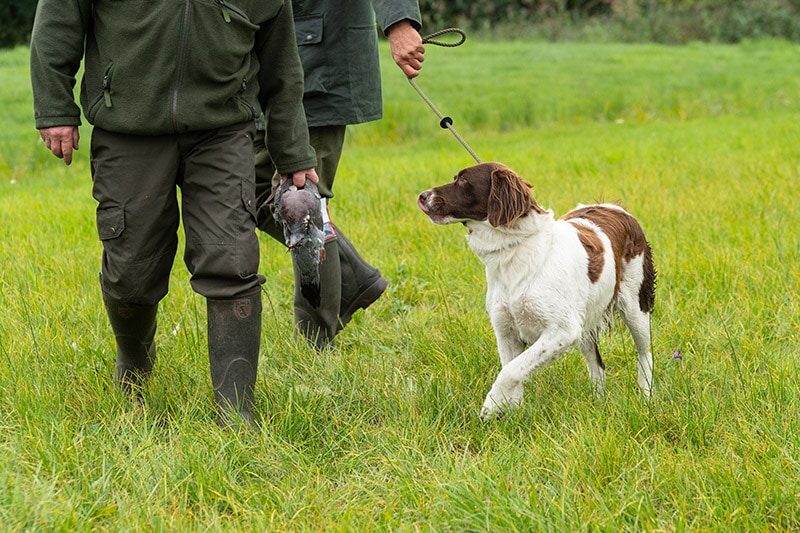
Health and Conditions ❤️
Generally considered a hardy breed, the Drent is prone to some illnesses and health conditions. Look for symptoms of the following and seek veterinary assistance where any are spotted.
- Progressive retinal atrophy
- Hereditary stomatocytosis
- Hip dysplasia

Male vs Female
The male Drent will grow a little larger than the female, but as long as you have your Dutch Partridge Dog spayed or neutered, you won’t observe many differences between the sexes.
3 Little-Known Facts About the Drentse Patrijshond
1. The Breed Is Known as The Dutch Partridge Dog
The Drentse Patrijshond is known as the Dutch Partridge Dog in English, but may be called the Drent for short. The full breed title may also be spelled Drentsche Patrijshond. It is named for the region of the Netherlands it comes from, the Drenthe region in the Northeast. It gets the Partridge section of its breed name from the fact that it was originally bred from Spaniels that were brought to the Netherlands from France and Spain. These dogs were referred to as Partridge dogs, and the name has stuck with the popular Dutch hunting breed.
2. They Are Skilled Hunting Dogs
The Dutch Partridge Dog not only looks like a Spaniel with some elements of a setter, it also shares many of the same hunting skills. In particular, it is known for being a pointer and retriever. A pointer, or bird dog, literally points to prey. It straightens its back and aims its muzzle towards game. This signifies the existence of birds and lets the hunter know where they should pay their attention. The retriever in the Drent means that it not only identifies the existence of birds but is skilled at retrieving downed prey from fields and rivers before bringing it back to the hunter without causing further damage to the bird. Although most often kept as a companion or pet, today, the breed does still retain some use in the fields as a hunting dog.
3. They Get Along Well With Almost All Family Members
The Drent will get along with adults and children in the house, and will usually get along well with strangers, too. However, you need to take care with the breed around small animals. Like most hunting breeds, the Partridge dog has retained some of its prey drive, which means that the Drentse Patrijshond is prone to chasing small animals. This can include cats, although if you introduce the animals when they are young, they can still become close. You should never leave dogs alone with smaller animals, like hamsters and rats, and this is especially true with breeds like the Drent. They will view the darting young animals as their prey and can give chase.

Final Thoughts
The Drentse Patrijshond, also known as the Dutch Partridge Dog or simply the Drent, is a hunting dog from the Netherlands that is similar in appearance and characteristics to Spaniel breeds. It has very high energy levels, which means that it requires a lot of regular exercise and is well suited to life as a working dog. It is also a loving and loyal companion dog that is suited to life with singles or families. Although it may adapt to life in an apartment with enough regular exercise, the Drent will prefer to live in a home with a large yard so that it can get plenty of exercise and spend time running around.
The breed is considered hardy and generally healthy, but if yours is not getting enough exercise and is eating too much, weight can be a problem.
Featured Image Credit: Ysbrand Cosijn, Shutterstock
